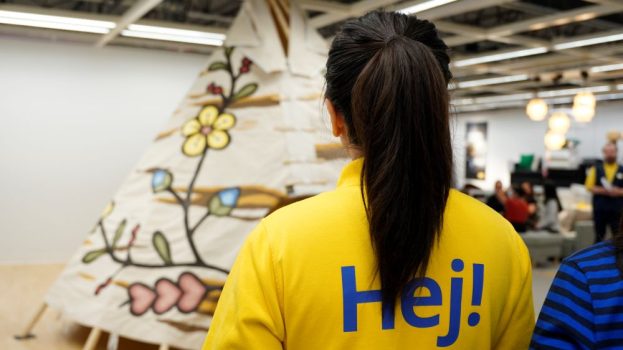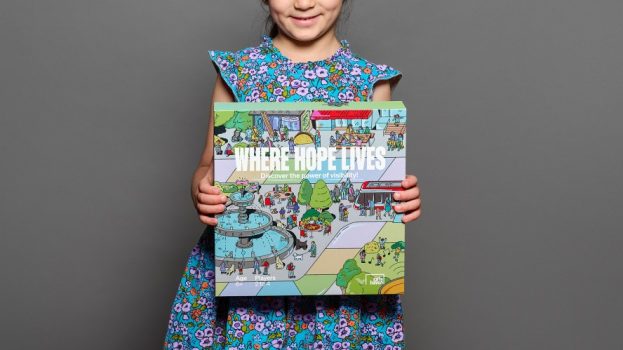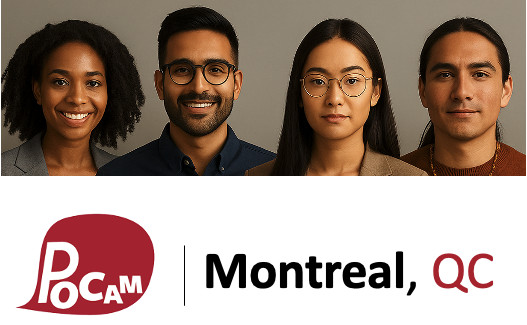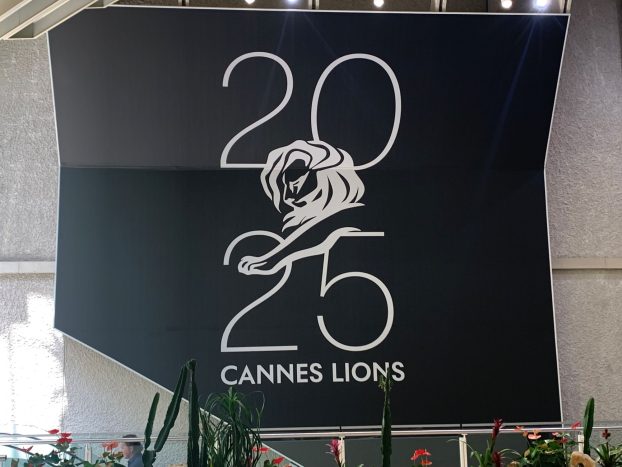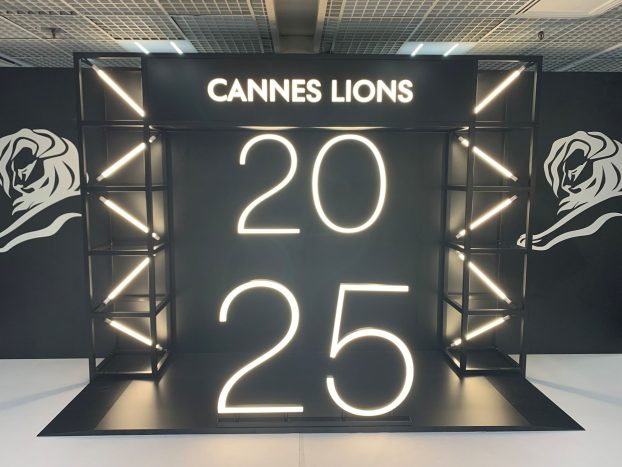By Sharlyn Carrington
The communications and public relations industry has been called to act on systemic racism and diversity for decades, but with more communicators becoming aware of the challenges and barriers impacting their BIPOC peers, now is the time to act to advance equity, diversity, inclusion and belonging inside and out of our organizations.
The urgency was reinforced at the National Summit on Anti-Racism in Public Relations and Communications Management in March, where 600 communicators discussed how we can change our industry and organizations.
The summit made Canadian history, as the largest known (virtual) national gathering of communicators in decades. In addition to pointedly tackling systemic racism as it intersects with the role of executives, data collection, inclusive language and culture change, the summit exposed the reality of experience for many BIPOC communicators.
Communicators have both the power and responsibility to act
In 2018, I studied the barriers facing Black women in public relations. Most participants described feeling pigeonholed into only dealing with accounts where the public or audience were people of colour, instances of stereotyping, and limited opportunities to advance compared to their white counterparts.
Since then, studies have continued to reinforce the realities of the BIPOC experience, particularly as more non-racialized communicators are becoming motivated to address these issues. One from Boston Consulting Group also highlighted four areas where anti-Black racism is acutely felt: 1) educational outcomes, 2) hiring and recruitment, 3) inferior access to healthcare, and 4) policing.
As communicators, the nature of our jobs encourages collaboration with everyone in every industry, including all four of those pillars. That connection gives us both a power and responsibility to do more.
Tangible steps for change
The research I mentioned earlier led me to provide recommendations to change our industry for the better. I’ve since added a few considerations specific to communicators committed to tangible action, for those who perhaps don’t know where to start.
PR & Communications Schools: have a responsibility to reshape and rebuild the reputation of PR. They should be looking for opportunities to employ more diverse faculty and to actively pursue practitioners of colour, making the benefits and value of entering the industry clear for students of colour.
BIPOC practitioners: already face a heightened burden to lead entire organizations out of the trouble they’re now seeing they are in. I don’t want to add additional burden, but I believe now’s the time for practitioners of colour, particularly Black and Indigenous communicators, to be visible in this industry.
Many, myself included, lived in a state of trying to manipulate ourselves to fit a mold of whiteness, because that’s how one has typically been able to succeed in a white-dominant environment. But I think we’re at a place where we can finally go against what we’ve learned to do and find opportunities to set ourselves apart so we can be seen, authentically, as ourselves. The next generation of diverse professionals entering the field need to see representations of their true selves succeeding.
Organizations: should not assume that their entire team knows or understands the problem. They don’t.
To this day, each time I attend yet another unconscious bias workshop, I still hear people say, “I don’t see colour,” “I would’ve never known people have these experiences,” or “I think of everyone the same.” Equity cannot begin with the belief that we are the same, with the same experiences. It begins with the understanding and acceptance that we are different, those differences can create both opportunities and barriers, and action is needed to support fairness for all.
This means organizations should still be enforcing cultural sensitivity and unconscious bias training, but also learn about the true history of racism in this country and cultural cues within racialized communities to better create open environments where people can talk about inclusion, racism and their experiences without fear.
Creating an inclusive environment should be step one, prior to arbitrarily hiring a bunch of diverse practitioners. If your organization has not yet done the groundwork to create a welcoming and inclusive environment, BIPOC practitioners cannot be expected to succeed and excel when they arrive.
Allies need to remember that anti-racism is a verb. Use your platform to speak out when you see power imbalances that create further division and magnify a feeling of exclusion and non-belonging. Call out your organizations’ HR practices – ask them where they advertised for their positions. Ask them what steps they are taking to amplify the qualifications of candidates and remove barriers for those that have diverse sounding names, or those that are racialized and have to pass a hiring managers’ internal perception test.
Communicators at every level should:
1. Encourage their organizations to plan inclusively, by considering all the intersections within their audiences and finding opportunities to include these individuals in the creation and implementation of programs, strategies and narratives.
2. Continue independent learning. Don’t wait for a Black colleague to unearth the problems. There’s a vast body of knowledge for you to educate yourselves. Summit organizers put together a list of resources that is continually being updated as new recommendations are brought forward.
3. Amplify BIPOC voices and enable racialized individuals to tell their own stories. If you’ve been doing this work for a while, you have no doubt questioned the best ways to tell diverse stories without exploitation. I recommend considering partnerships with diverse organizations, champions, and individuals as appropriate and empower them to tell their own stories.
Lifelong learning is our bottom line
Many communicators are looking for a checklist, toolkit, a script — something that will make them an agent of change overnight. It’s important to remember: culture change requires more than a box-ticking exercise while writing a press release or planning a communications campaign. Organizational change requires internal reflection, not just a list of specifically crafted questions to ask your CEO. And although many should be proud that they attended the Anti-racism in PR Summit and feel motivated to take action, we must remember that creating inclusive workplaces, communities and societies will require a lifelong commitment to do better.
As you all continue your own journey, I’d like to leave you with the idea that we all have biases. Yet, as communicators we are uniquely positioned to shape understanding and shape conversation. We craft narratives. We protect reputations. And we can move culture forward.
Sharlyn Carrington is director and founder of Content Strong Communications and a co-founder of the National Summit on Anti-Racism in Public Relations and Communications Management.


